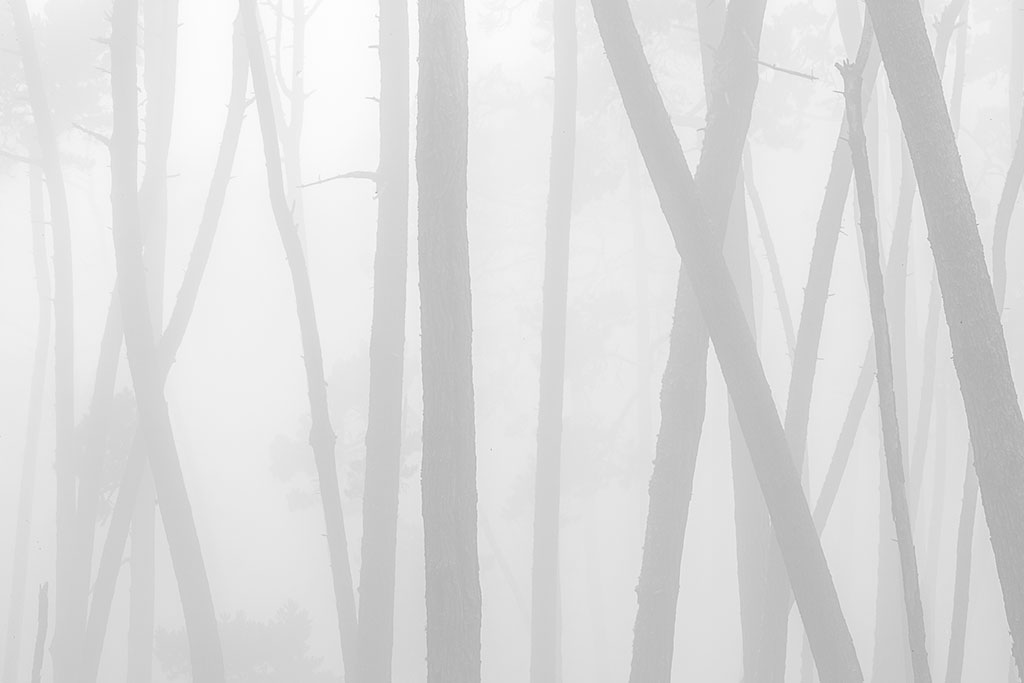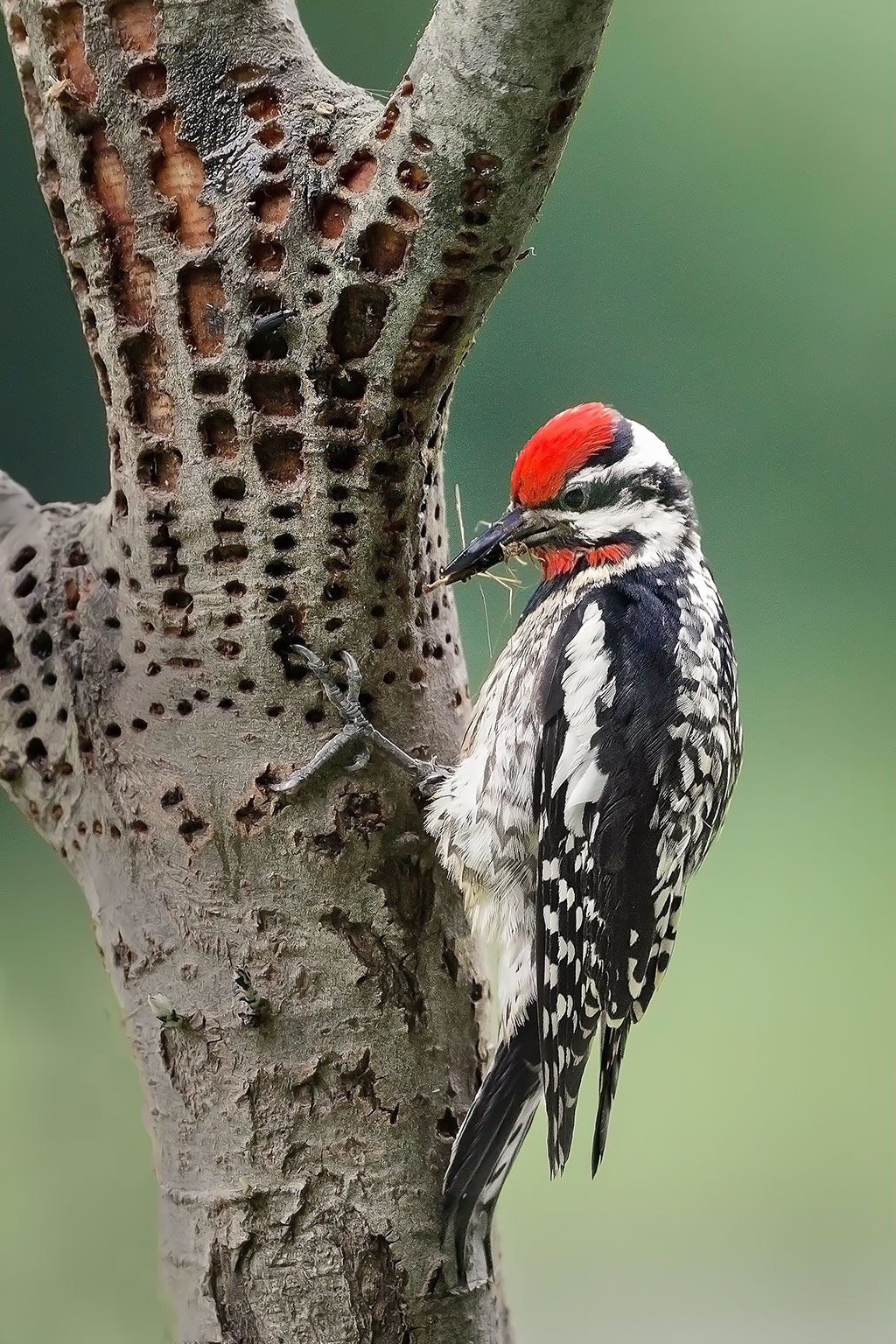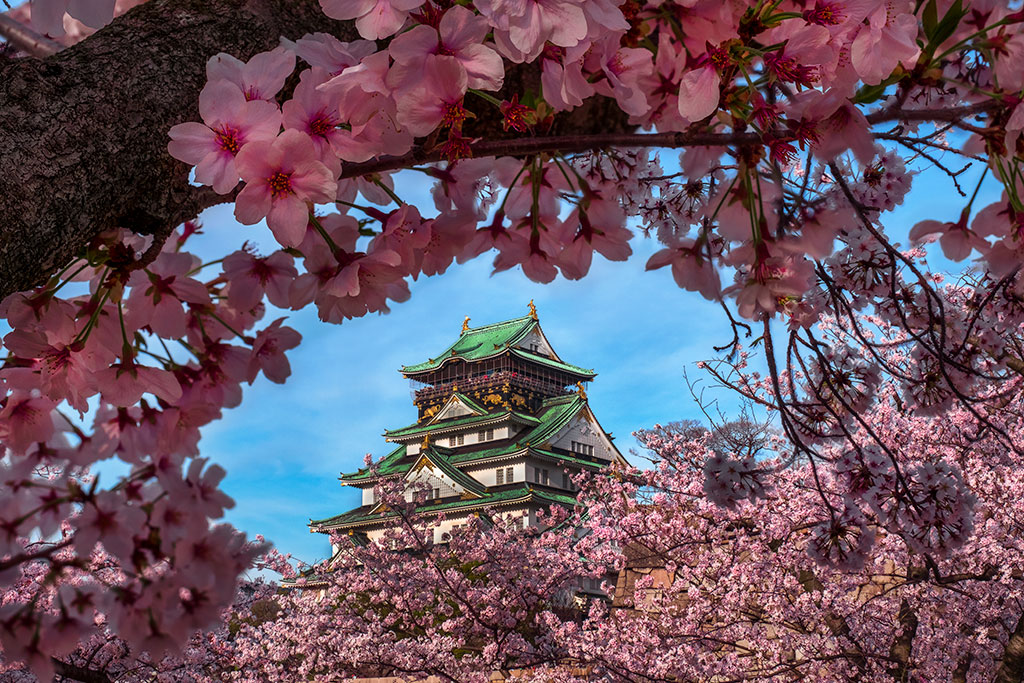Advertisement
Advertisement
Read Next

Curating Your Images Will Improve Your Photography. Here’s How
Curating your images well is a critical...
Watch What You Photograph!
Watch what you photograph! Here's why...
5 Ways to Create Stunning Photos Using New Angles
Even a small change in perspective can...
When Does a Photo Become a Work of Art?
When does a photo become a work of art?...Advertisement


Close Encounter With Bear Gives Photographer A Jolt (& A Great Image)
How many animals do you see in this photo? (Shot on a salmon stream in Alaska.)
Barnacled rocks and sun-bleached clam shells crunch underfoot as I pick my way over a tidal flat. The air is thick with salt and exposed seaweed. At the shoreline, towering spruce and hemlock trees stand as sentinels between forest and sea. I duck under a branch and enter a different word, inhaling the earthy aroma of wet wood. Gone is the bright light of open sky, replaced by a dripping green canopy. The screech of a bald eagle radiates from a tangle of moss-covered limbs overhead. Piles of bear scat dot a muddy trail.
Venturing deeper into the forest, I parallel a creek splashing with salmon. The trail takes a sharp turn to reveal a mother bear with two tiny wet cubs. I halt, and my heartbeat quickens. The mother and I exchange glances as one cub bawls and the other scampers close to her, and then the furry family vanishes into the forest.
Farther on, I reach a roaring waterfall, a bottleneck in the creek where spawning salmon are jammed up and hungry bears are fattening up. A stench of blood, guts and rotting fish carcasses. Bears come and go, dashing into the creek for take-out salmon, and in the process deliver rich nutrients from the fish to the forest floor and into the roots of trees. I am witnessing an age-old cycle of nature—animals and plants, land and water, life and death.
To witness: To see an event or have knowledge of an event from personal observation or experience. For a long time, this is how I viewed nature—as a witness, someone on the outside looking in, close but separate. And I viewed myself as someone who documents the goings-on of nature to help others understand its importance. But how can I convince others to care about nature if I consider myself apart from it and not a part of it?
For many of us, this separation happened long ago, millennia before we were born. When we traded a hunter-gatherer nomadic way of life for a stationary agricultural way, we drove a wedge between us and the wild things. Nature was something to be conquered—forests felled, prairies plowed and mountains mined. We took what we wanted, not heeding the wisdom of the wild. Not seeing the forest for the fish or Earth as our home.
Fences, roads, cities and walled borders further separate us from knowing nature. When we venture into a wild place, we often view wildlife from a vehicle or platform, reinforcing our separateness and dulling us with a false sense of security. Even on foot, I peer at nature through a glass lens, strengthening my identity as a witness. And yet the strongest barrier we build is invisible, not physical. In our minds, we tell ourselves that we don’t need nature. That we can live in manufactured environments run by the latest gadgetry. The mind is a powerful thing, easily swayed and conditioned in its beliefs.
But the mind can also change. Sometimes it just needs a jolt.
My jolt came on that salmon stream. Standing along the bank with one eye pressed against the viewfinder and the other eye opened for bears, I witnessed the spectacle before me as an onlooker on the edge. Focused on the salmon, I tried again and again to freeze a leaping fish in my frame. Hours vaporized, like the spray of the waterfall rising into the forest. And then I felt something. A powerful sense that I was not alone.
Looking up from the camera, I was startled to see a bear next to me along the stream—too close for comfort. I kept my wits and thought about what to do next. Reach for my bear spray? Back up? Say something? I did nothing. The bear stared into the water. I could hear him breathe, see his ears twitch and nose sniff the salmon-scented air. The same air that breathes life into me. As both of us stood on the stream watching fish return home to die, my true nature—the one that’s always connected to the bears, salmon, trees, humanity—awoke from the domesticated dream.